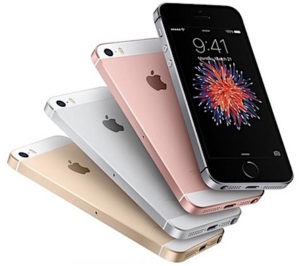Today, I was on the phone with my service provider trying to understand more about an iPhone feature called the ‘visual voicemail’. Simply put, it provides a visual interface on the iPhone making it easier to check your voicemails, just like you’d check mail in your inbox. More importantly, a little Googling threw up some interesting use-cases, such as you could be saving the voicemails or sharing/forwarding it as a message to other recipients, a handy feature if one cannot get over the habit of missing calls. According to Wikipedia, it was the iPhone which introduced the visual voicemail feature and subsequently the other notable cell phone manufacturers followed the trend. So to sum this up, it’s a hardware characteristic and should be traditionally available to the buyers of any iPhone model. However, much to my dislike, my cell phone service provider (name withheld out of courtesy) decided to include it in a subscription package alongside a bunch of enhanced functionalities including more voicemails per month, cheaper calls to the United States, and a caller name ID, which no matter how trivial the cost of the “value package” might be I cannot see them benefiting me at this stage.
In a nutshell, let’s determine the value of phone features independently from the augmented cell phone offerings. I concur that telecom companies could invoice customers for the maintenance and distribution of additional & enhanced service packages, but there seems to be no justification behind charging consumers for elemental features that are inbuilt by the phone makers. In my view, the visual voicemail feature; despite the dismal volume of voicemails afforded by my basic plan, is an essential function of any communication experience to its consumers, just like texting or emails are, and should be provided gratuitously! Clubbing it with non-essential offerings lacks complete wisdom.

 Since that
Since that 